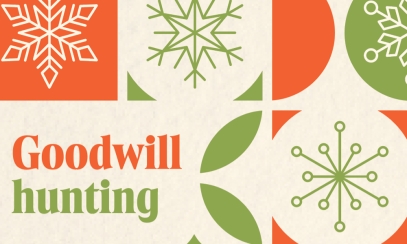The wedding feast of the Lamb
St. John, the Apostle of Love, opens up his Gospel with the wedding feast at Cana. There we find Jesus, at his mother Mary’s request, changing water into wine. He demurs and tells her “my hour has not yet come” but nevertheless performs her requested miracle. The “hour” of which he spoke was the time of his passion, death, and resurrection. Specifically it was when he celebrated the Last Supper. There the bread and wine were changed into his body and blood when he gave us himself in the new and everlasting Covenant.
In his Book of Revelation, St. John speaks of the Last Supper as “The wedding banquet of the Lord.” (Revelation 19:7-21) Thus St. John brackets his entire “Good News” with two wedding feasts, the one at Cana, the other the Lord’s Supper, the celebration of the nuptials in which God the Son marries himself with our humanity in a covenant sealed in his blood, a covenant union that can never be broken.
A contract can be rescinded; we can break our contracts by our choices and actions. A covenant however cannot be rescinded – it remains forever. “This is my body,” the Lord declares. “Take it and make it yours.” “This is my blood, my life. Take it and mingle it with yours,” he is saying. “I am marrying you and even though you put me to death I will come back out of the grave to love you because nothing can make me not love you. I will never divorce myself from you.”
The sacrament of matrimony is our joining into the wedding feast of the Lamb, our uniting into the Covenant love of God given to us in Jesus Christ.
The sacrament of matrimony replicates the permanent commitment, body and soul, in which God’s everlasting love is given and received. How fitting and wonderful that it is made real for us in holy Communion. How beautiful it is that God’s permanent love is made real for us in the sacrament of matrimony. We should celebrate it and then live it in awe and wonder.



